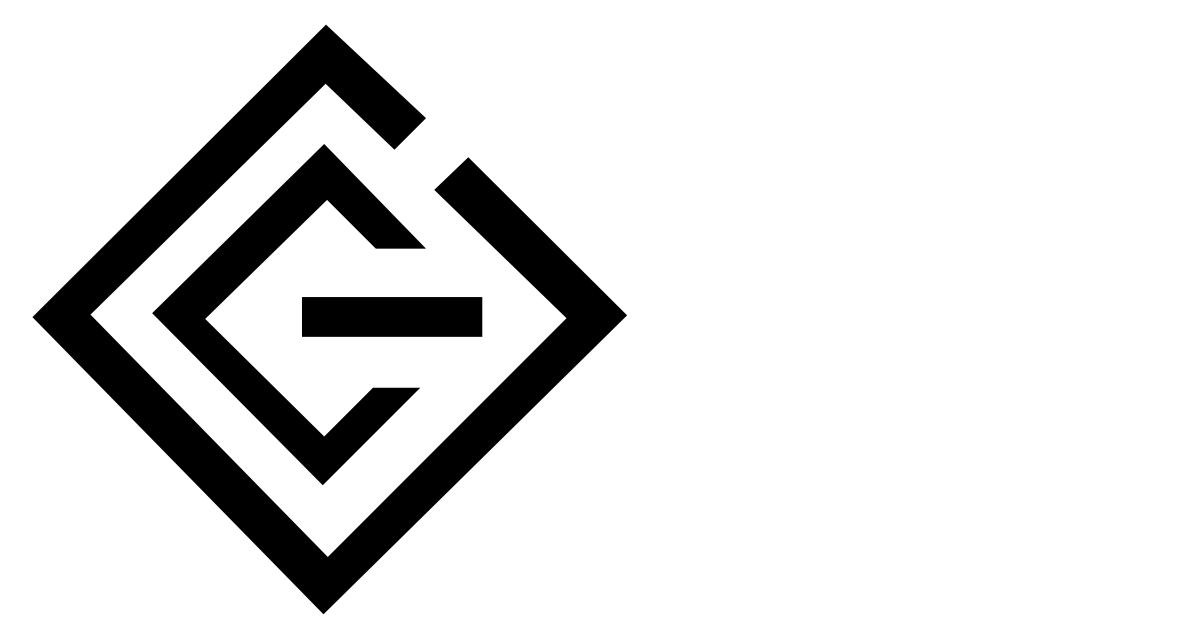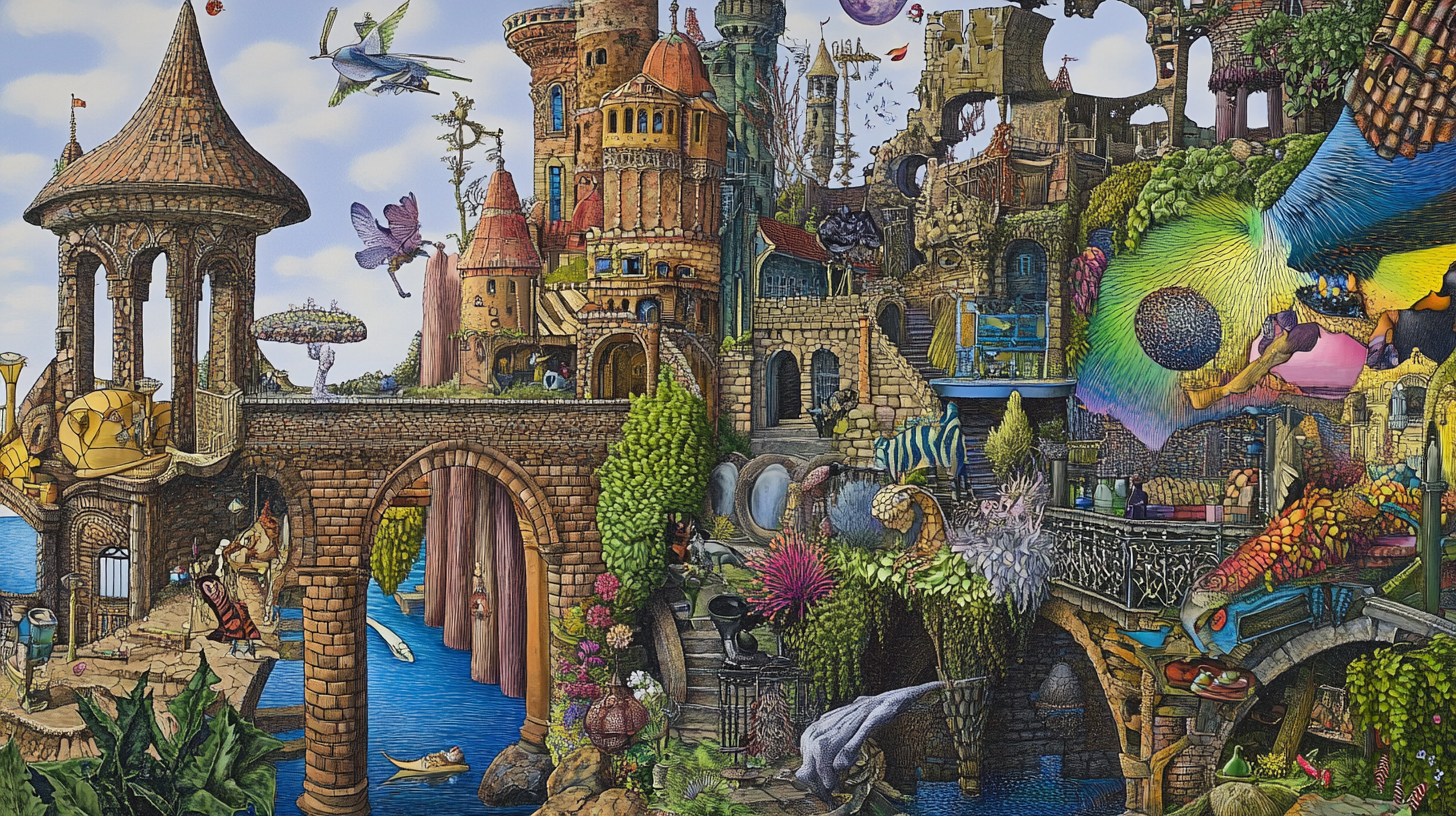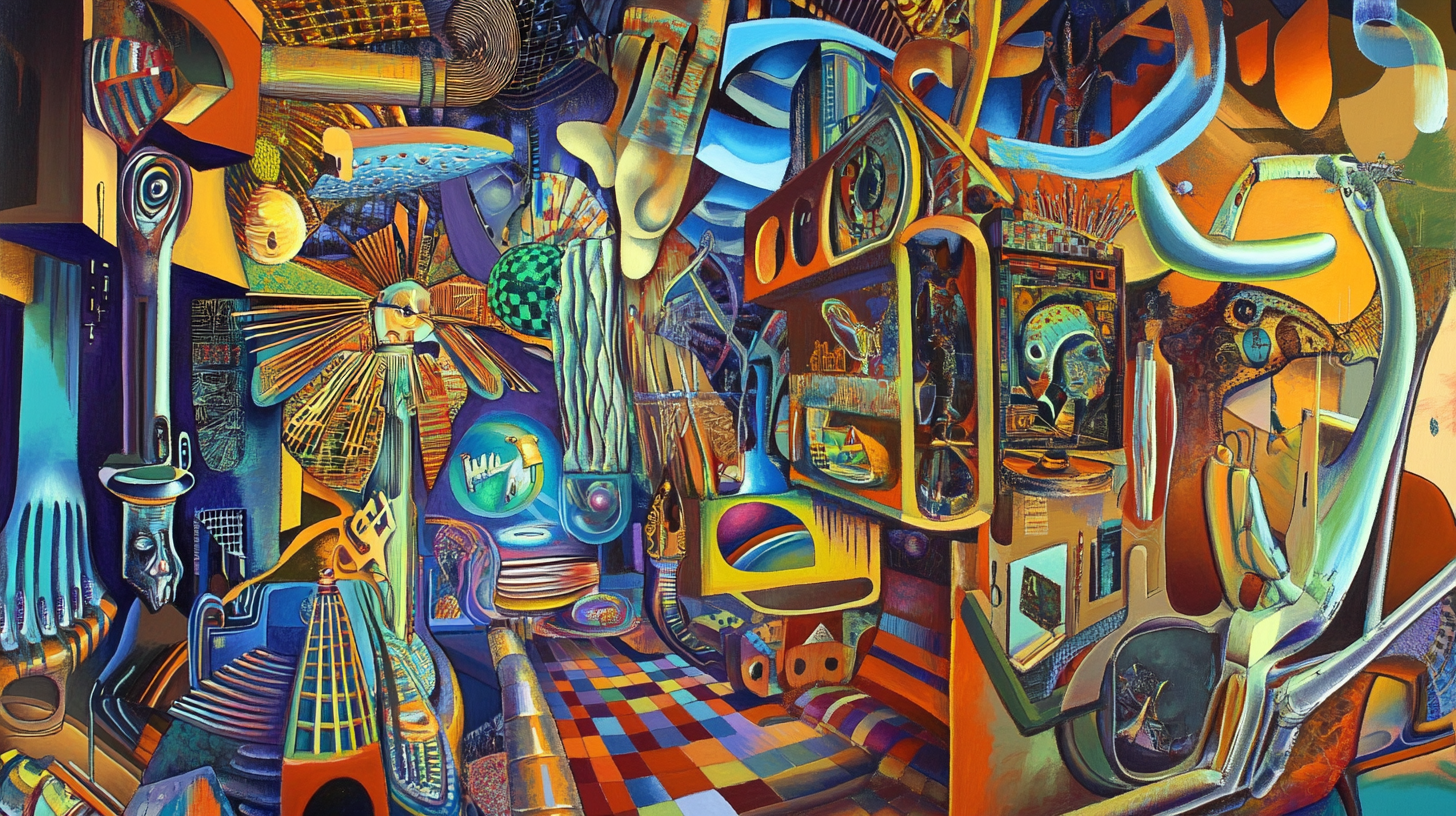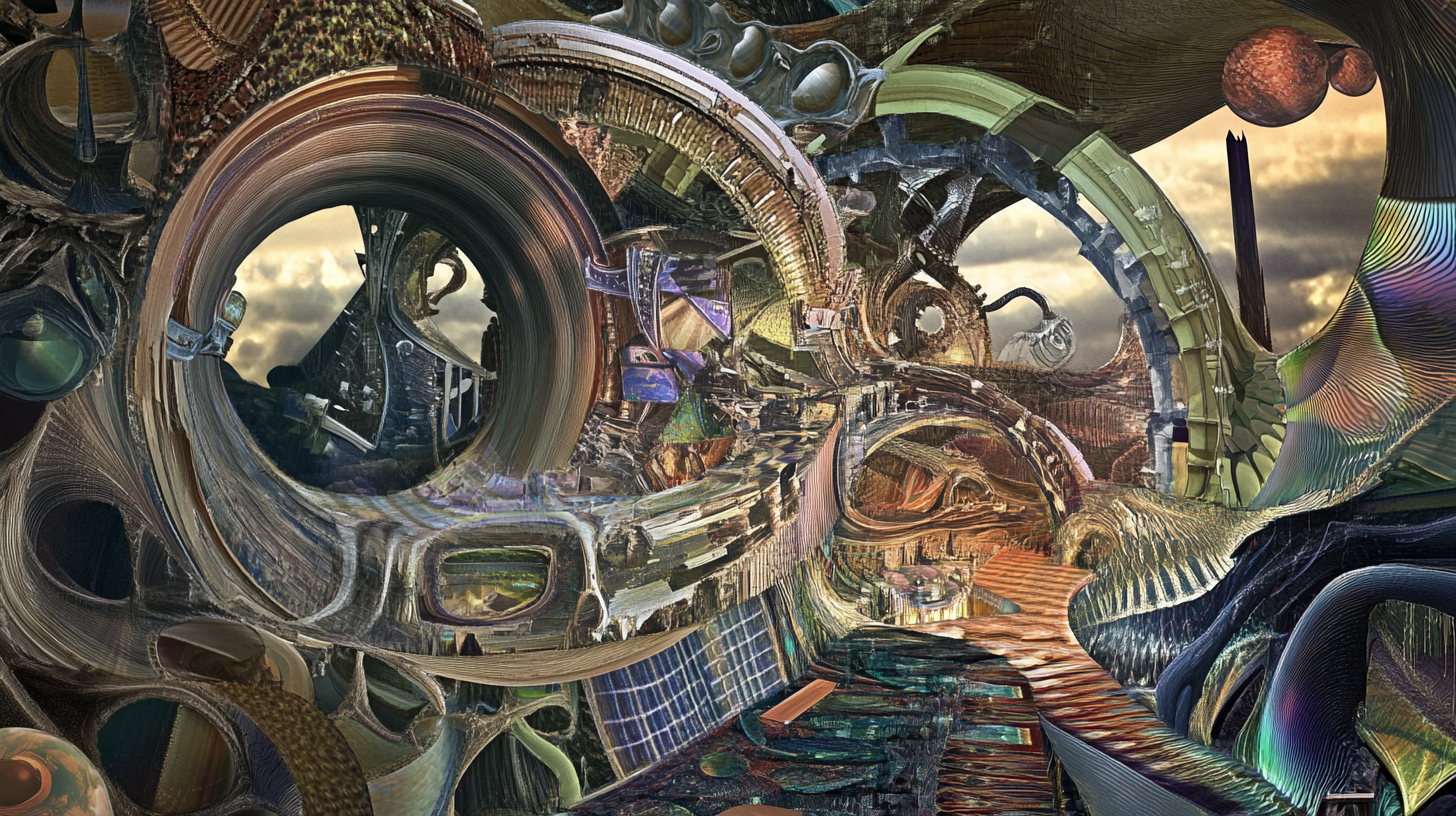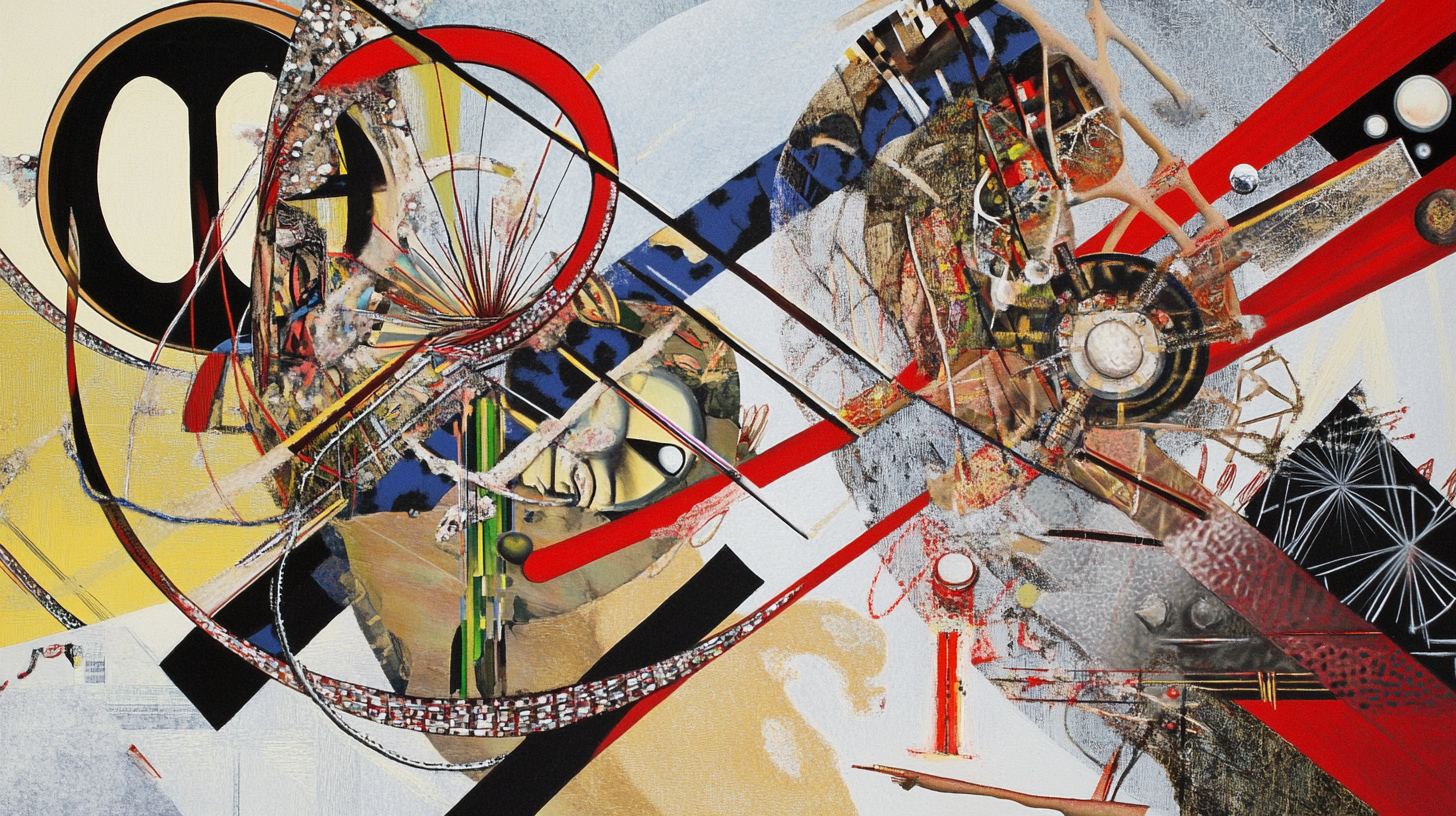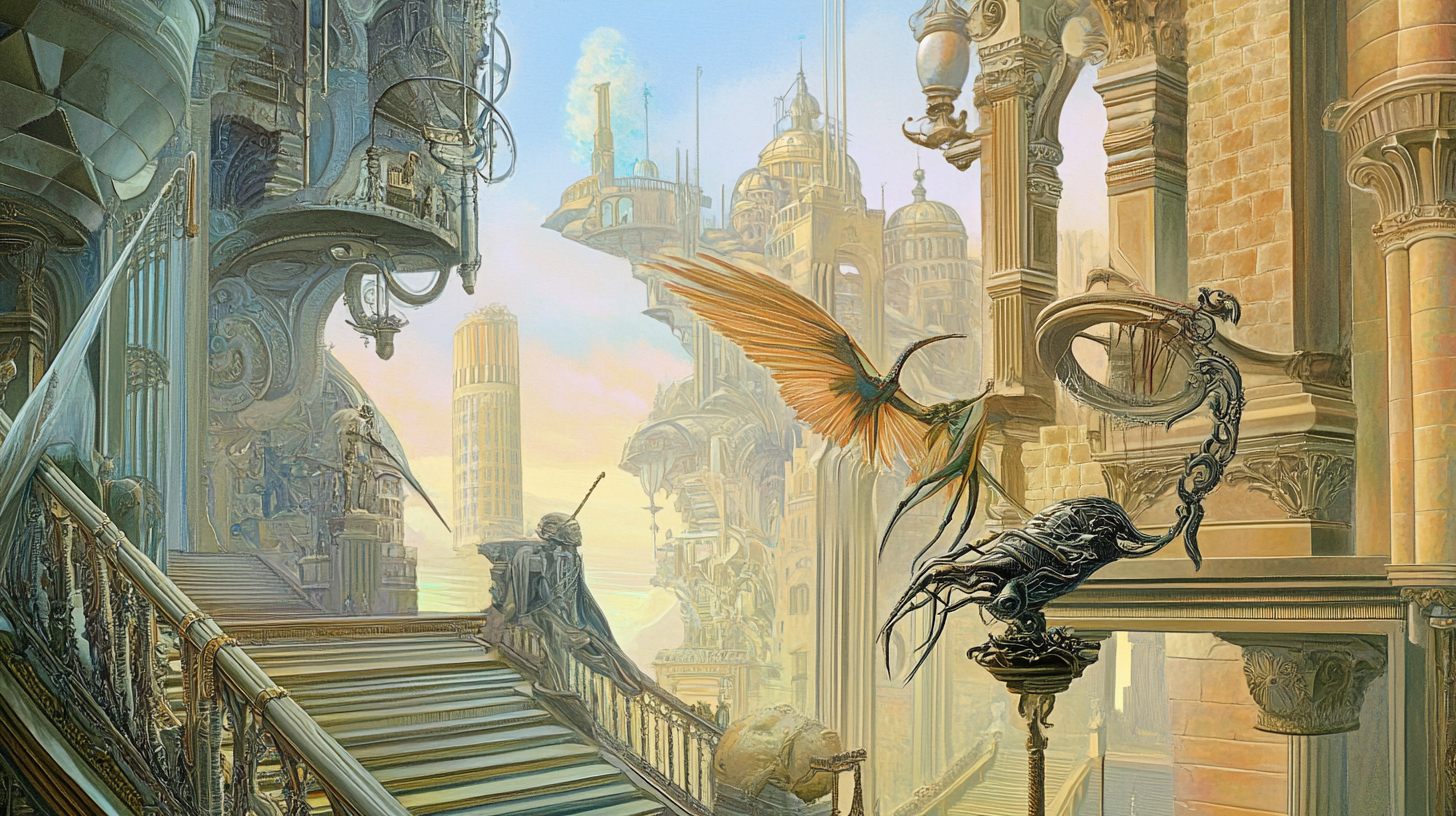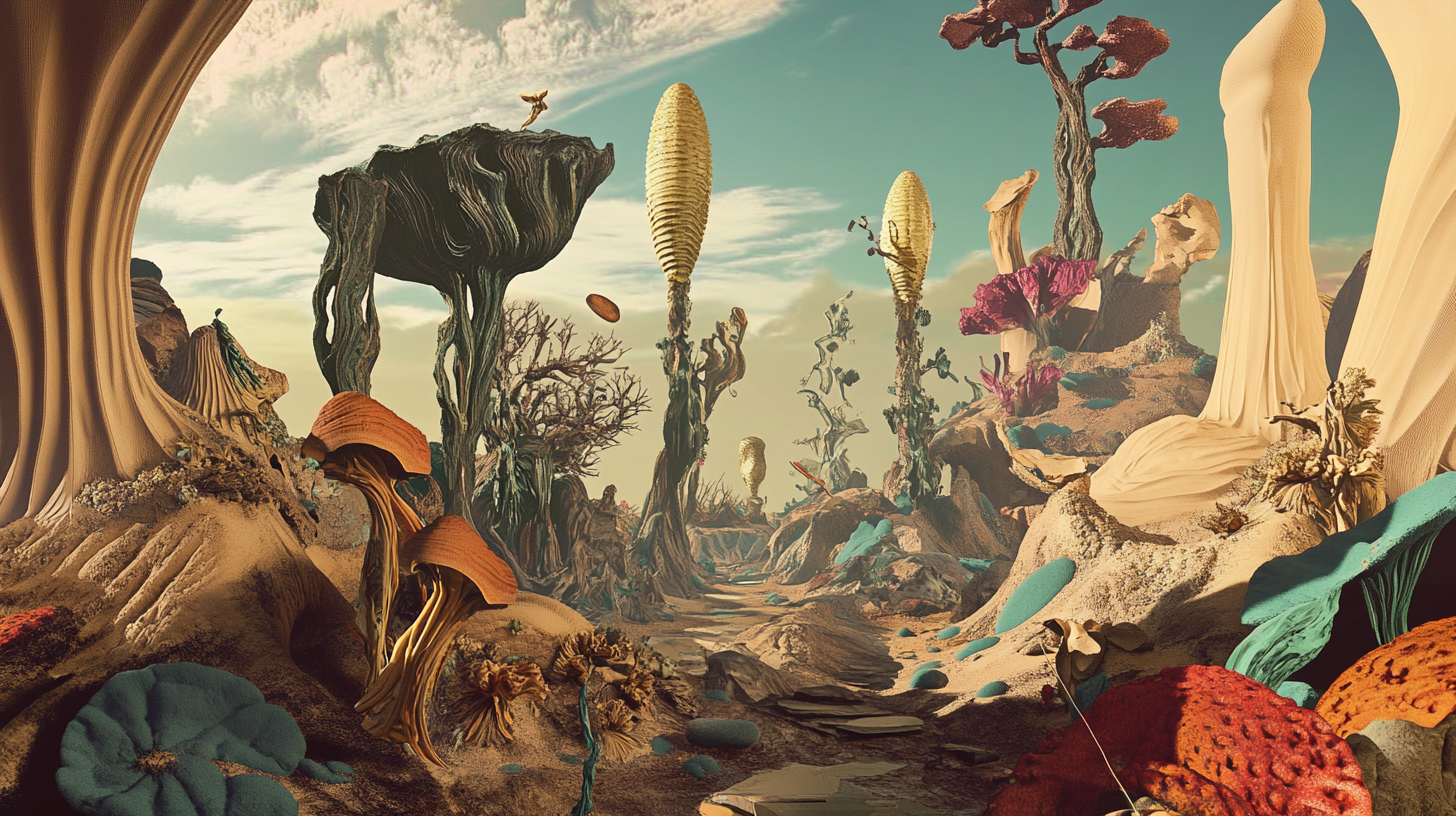Pop Art
 AI-Generated ImageAI-Generated Image
AI-Generated ImageAI-Generated Image Pop Art is a bold, colorful art movement that exploded in the 1950s and 1960s, transforming popular culture into fine art. Drawing from advertising, comics, brands, celebrities, and mass media, Pop Art redefined creativity by celebrating the imagery of consumer life. It challenged tradition by elevating everyday icons — packaging, slogans, and familiar products — into cultural symbols. Today, the Output.GURU AI creative generator revives this energy through AI-generated art and AI contemporary digital media, blending nostalgia and innovation to reimagine Pop Art for the modern, algorithmic age.
Characterized by bright colors, sharp outlines, repetition, irony, and flat compositions, Pop Art often blurs the line between high art and commercial design. Artists like Andy Warhol, Roy Lichtenstein, and Richard Hamilton used techniques such as silkscreen printing and comic strip aesthetics to explore themes of fame, mass production, and cultural identity.
In digital and AI-generated work, Pop Art is perfect for eye-catching, graphic compositions that evoke nostalgia, humor, or critique—often combining visual punch with cultural commentary. It’s art that’s loud, accessible, and unapologetically modern.
 AI-Generated Image
AI-Generated Image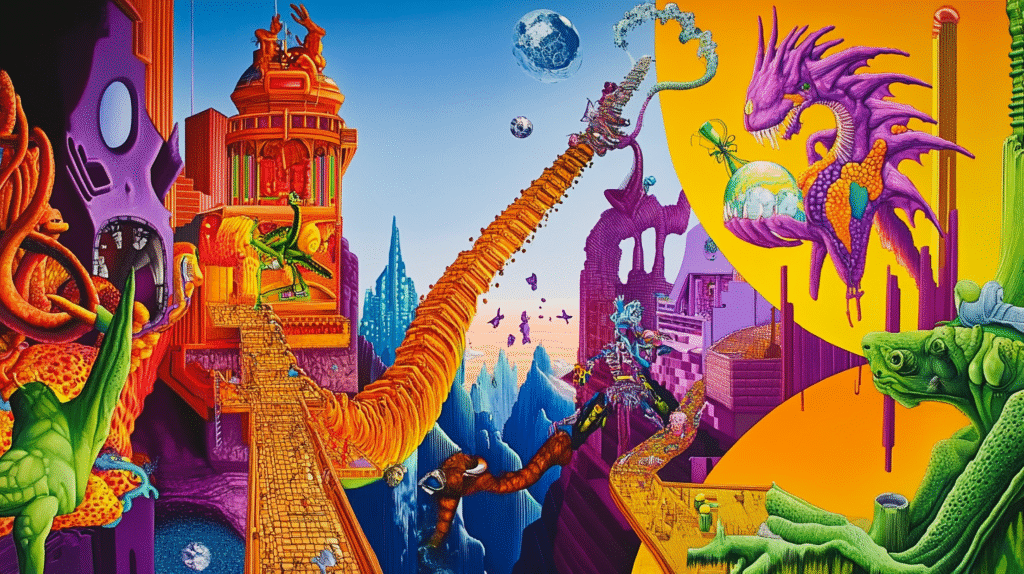 AI-Generated Image
AI-Generated Image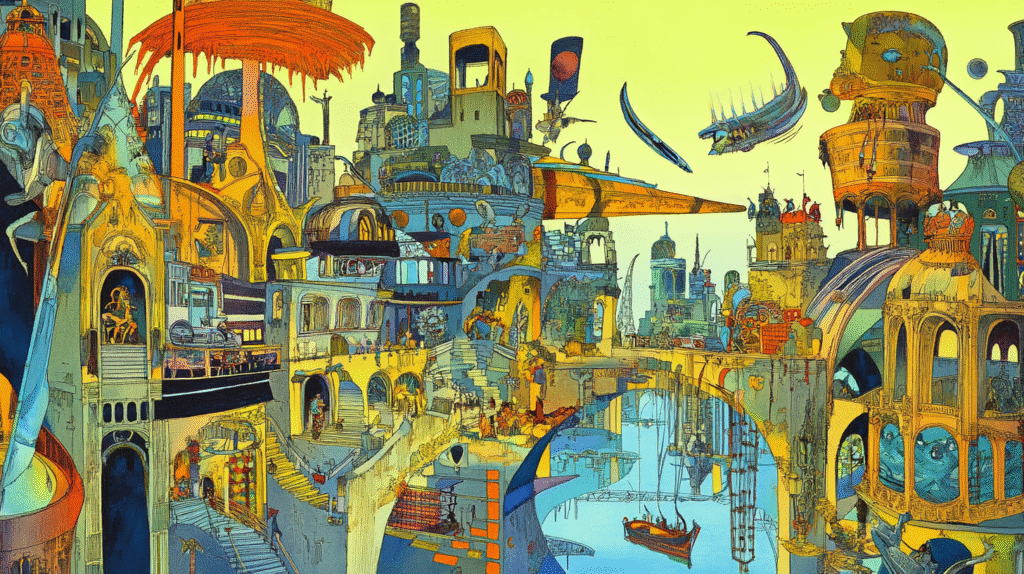 AI-Generated Image
AI-Generated Image AI-Generated Image
AI-Generated ImageFrequently Asked Questions
What are the main influences of Pop Art?
Pop Art draws directly from popular culture, advertising, comics, and mass media.
Which artists are known for their contributions to Pop Art?
Notable artists include Andy Warhol, Roy Lichtenstein, and Richard Hamilton.
What techniques are commonly used in Pop Art?
Techniques include silkscreen printing and comic strip aesthetics.
